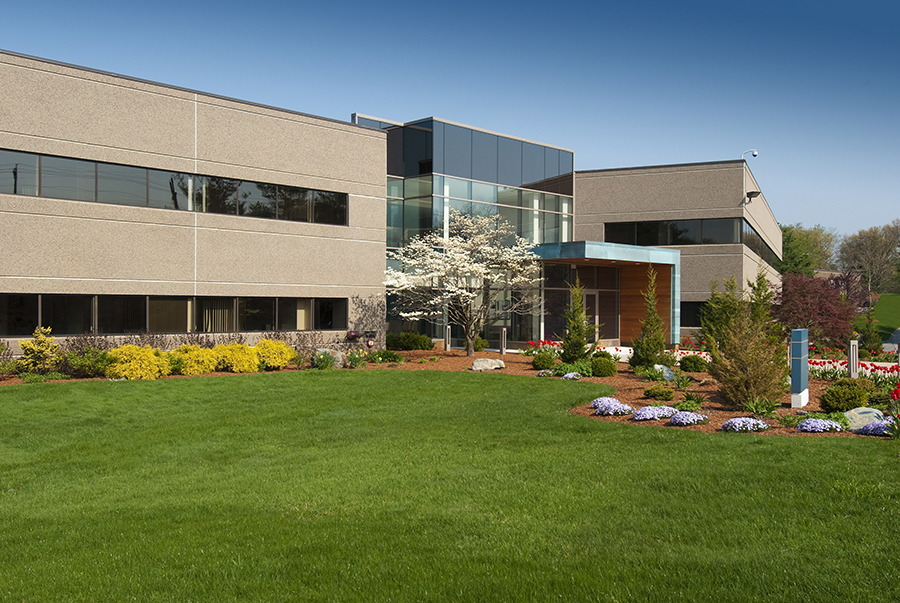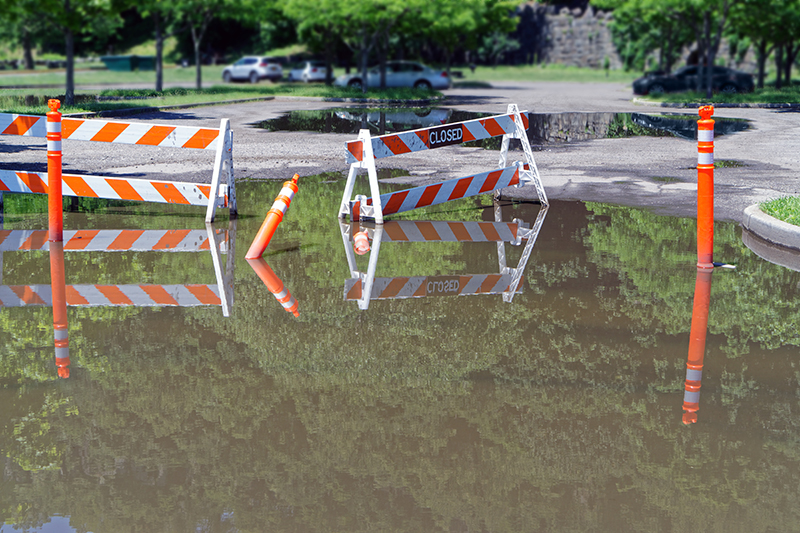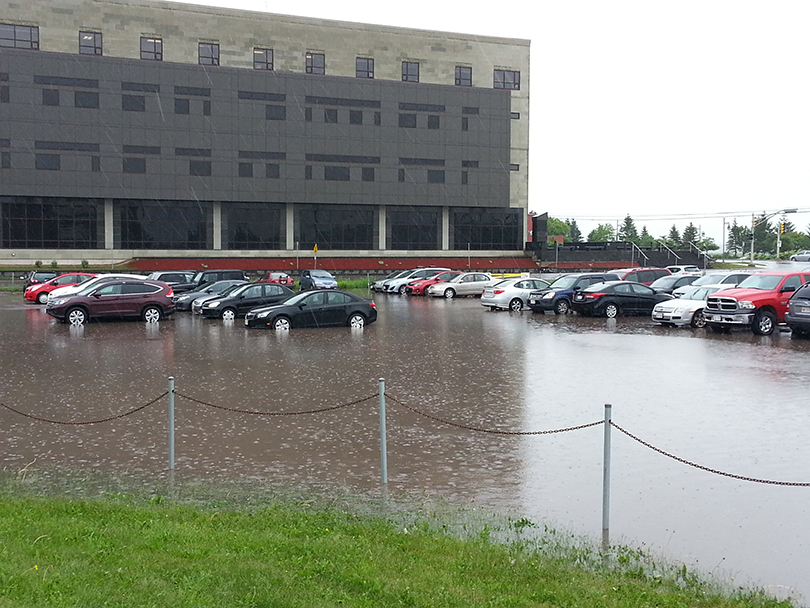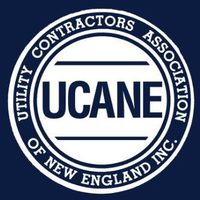
Did you know that you may very well have a stormceptor on your commercial property and not even know it? By definition a stormceptor is “an oil grit separator/hydrodynamic separator offering a range of versatile treatment systems that effectively remove pollutants from stormwater and snowmelt runoff.” In essence, stormceptors are designed to protect waterways from hazardous material spills and stormwater pollution. This includes suspended sediment, free oils, and other pollutants that attach to particles, no matter how intense the storm.
The stormceptors technology makes certain that pollutants are both captured and contained during all rainfall and snowmelt runoff events. These units work in conjunction with catch basins and are located at many companies both large and small. The bottom line is that stormceptors are great at catching floatables, trash, sediment, and other debris. So how do they work exactly? Stormwater and snowmelt runoff enters into the stormceptor unit through a grate or inlet pipe. An insert not only slows the water down, it actually directs it to a lower chamber within the stormceptor.
This chamber provides the fee oils and debris with the ability to rise, while the sediment settles to the bottom. The free oils and other floatable elements remain trapped. The sediments that settle lie dormant until they are cleaned out at a later date. That being stated, it is incredibly important to have your stormceptor cleaned on a regular basis in order to avoid malfunction. The treated stormwater or snowmelt runoff then exits the system through an outlet pipe. At that point the water is typically distributed to local waterways.
It can also enter into your city or town’s sewer system, or be dispersed to a retention pond located on or near your commercial property. Stormceptors can be used to remove contaminants and provide spill protection virtually anywhere there is stormwater and snowmelt runoff. Having your stormceptor inspected and maintained is key to the proper function and long-term performance of the equipment. Although regular maintenance is important, it does not need to be complicated if you hire a reputable environmental company that specializes in stormceptor inspection and maintenance.
New units must be inspected after installation is complete, but prior to the stormceptor being put into service. In addition, they should be inspected every six (6) months for the first year of operation in order to determine the oil and sediment accumulation rate. After the first year in service, inspections should be based on the results of the first year observations. Please note that many cities and towns have recently instituted mandatory local inspection requirements.
Any stormceptor that has experienced a chemical, fuel, or oil spill should be inspected, and the oil and sediment should be removed immediately by a licensed and experienced waste management company. They will utilize a commercial vacuum truck to clean the your stormceptor from the street level.
If you have any questions about stormceptor cleaning, inspection, and overall maintenance, or would like to schedule service we are happy to help. Jolin Paving & Excavating, Inc. is your New England connection for a vast variety of environmentally related services. Our company has been serving Boston Massachusetts, Southern NH, VT & ME as well as Northern CT & RI since 1952. Please Contact us to learn more today.
continue reading






